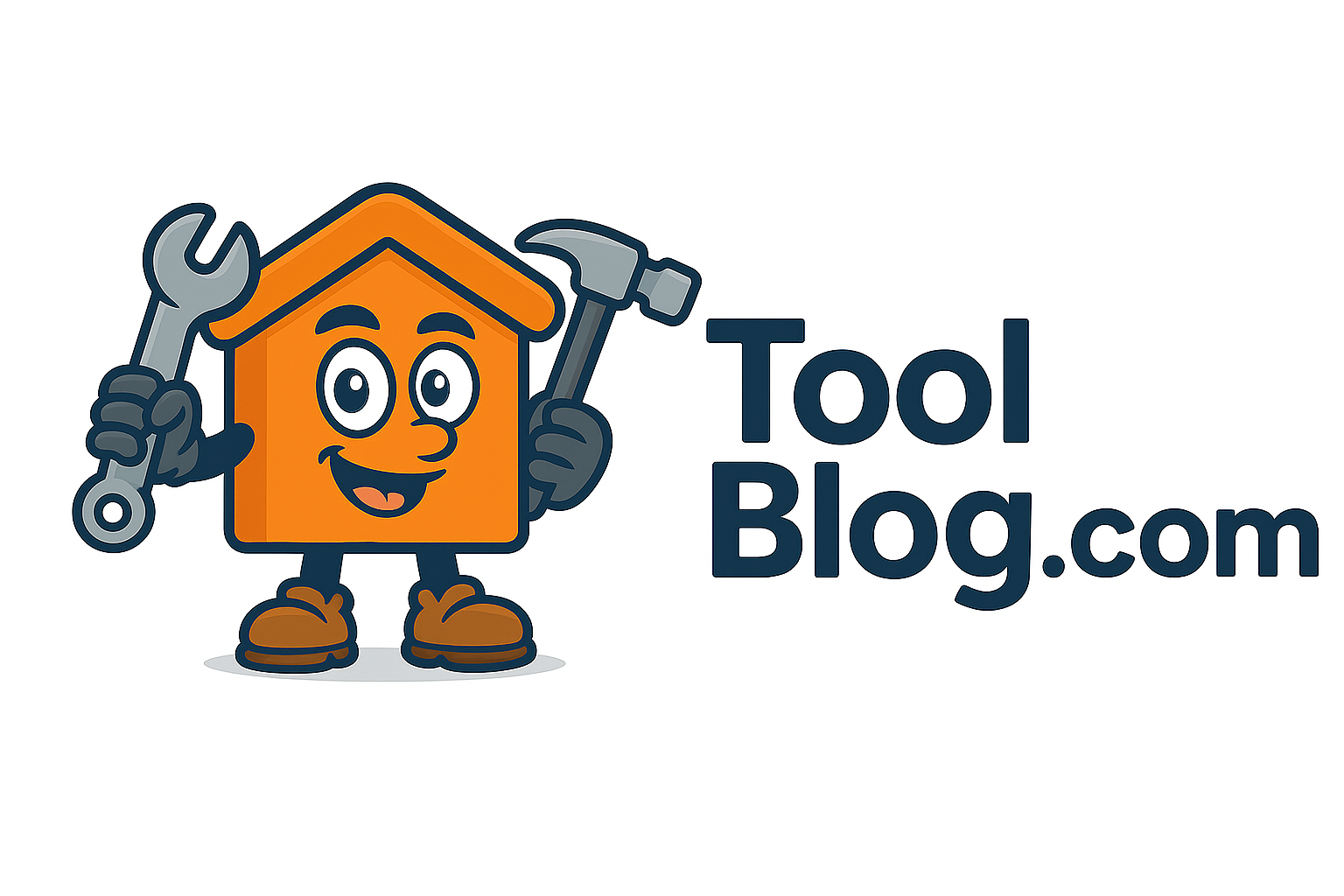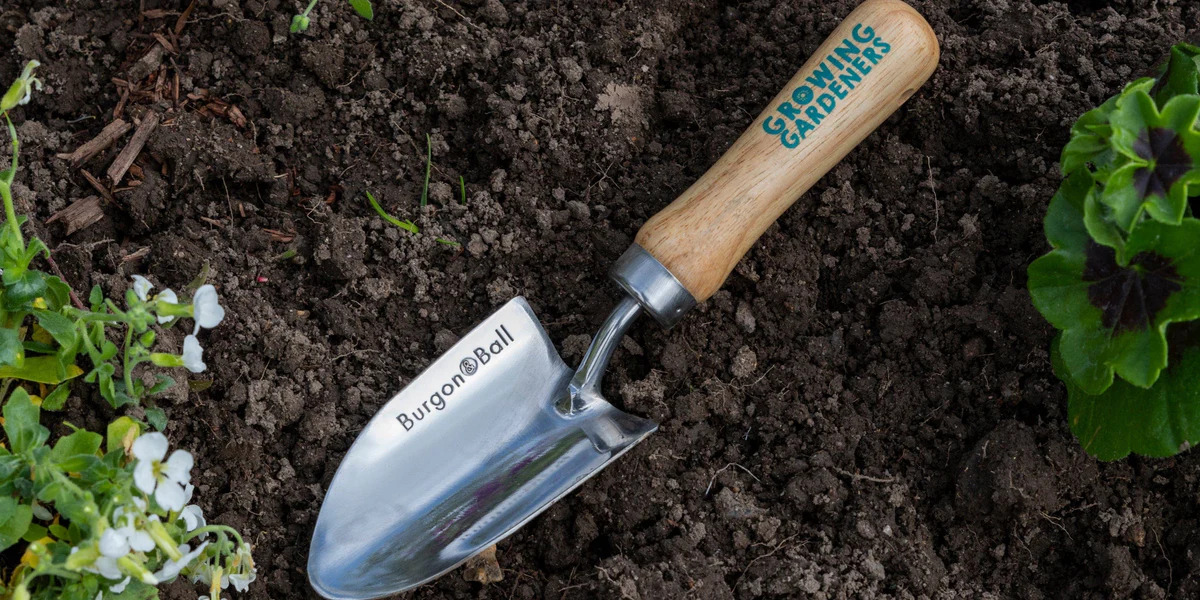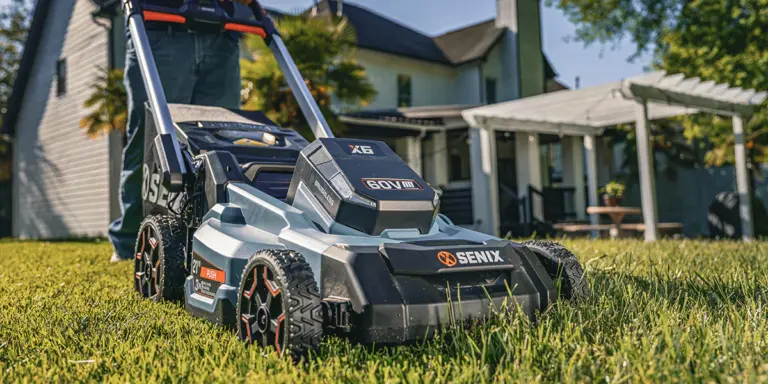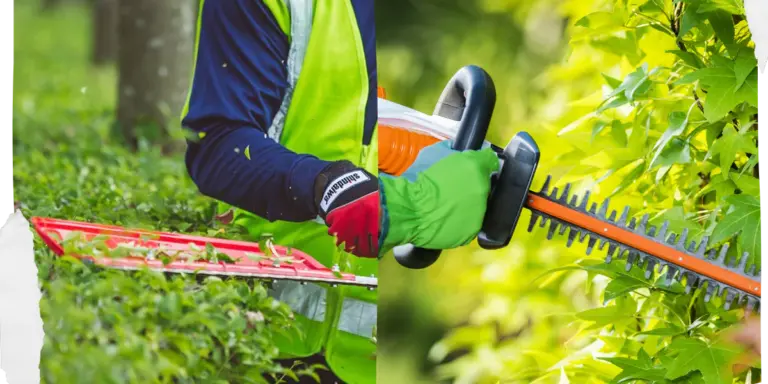How to Maintain Your Lawn Tools
Taking care of lawn tools isn’t just about keeping them clean. It’s about ensuring they last longer, work better, and stay safe to use. I’ve made the mistake of neglecting a mower or leaving tools outside overnight, and it’s cost me in rusted blades, broken parts, and wasted money. Now, I stick to a consistent care routine that keeps my tools sharp, reliable, and ready for every season.
Learning how to maintain your lawn tools starts with treating them like the investment they are. Whether it’s a hand pruner, a leaf blower, or a full-size lawn mower, each tool needs the right kind of care. With the right maintenance approach, I’ve been able to extend the life of even budget tools well beyond what I expected.
In this guide, I’ll break down what works best, based on years of weekend yard work and a lot of trial and error. It’s not complicated, but it does take consistency—and a bit of elbow grease.
Clean Tools After Every Use
One of the most basic but important habits I’ve picked up is cleaning tools after every use. It sounds obvious, but it’s easy to forget, especially after a long day in the yard. Letting dirt, grass, and sap sit on blades or handles creates buildup that leads to corrosion and dull edges.
For shovels, hoes, and rakes, a quick rinse with a hose followed by drying with an old towel works well. For pruners, shears, and anything with a blade, I use a stiff brush to knock off debris, followed by a wipe down with a rag dampened in soapy water. If there’s sticky sap, a dab of mineral spirits or rubbing alcohol clears it off fast.
Once clean, I always make sure tools are dry before putting them away. That extra step prevents rust, especially on carbon steel surfaces. This simple cleaning ritual is a cornerstone in how to maintain your lawn tools.
Lubricate Moving Parts
Any tool with moving parts—like hedge trimmers, loppers, pruners, or wheel axles—needs regular lubrication. If you feel stiffness or hear squeaking, it’s time for oil. I keep a small can of multi-purpose machine oil in the shed just for this.
After cleaning, I add a drop or two to the pivot points or hinges. I open and close the tool a few times to let the oil work in. Not only does it make them easier to use, but it also reduces wear and tear over time.
For lawn mowers or anything with wheels and bearings, I use spray lubricant with a straw nozzle to target tight areas. Keeping tools well-oiled is one of the easiest ways to improve performance and durability.
Sharpen Blades Regularly
A dull blade is worse than a broken one—it makes the job harder and more dangerous. Whether it’s mower blades, pruning shears, or a spade, keeping edges sharp helps cut cleanly and efficiently. Learning how to maintain your lawn tools includes getting comfortable with sharpening.
For hand tools, I use a flat file or sharpening stone. I follow the original bevel angle and keep strokes consistent. It usually only takes a few passes to restore a sharp edge. For mowers, I remove the blade and use a bench grinder or file, balancing it afterward to avoid vibration.
I check tools for sharpness at least once every few uses. Dull blades tear grass or plants instead of slicing cleanly, which leads to disease and poor lawn health. Taking time to sharpen pays off in both tool performance and lawn appearance.
Inspect for Damage
Routine inspection is another part of tool care that I’ve learned not to skip. Before storing tools away, I give them a once-over to check for cracks, loose handles, bent parts, or missing screws. Catching these issues early helps me fix them before they become safety hazards.
Wooden handles are especially prone to splintering or cracking. If I notice rough spots, I sand them down and apply a coat of boiled linseed oil to restore the finish. For plastic handles or housings, I check for stress fractures and replace any part that’s compromised.
If a blade is chipped or pitted, I either grind it down or consider replacing it. Regular inspection is a small habit that makes a big difference in how to maintain your lawn tools properly.
Store Tools in a Dry, Organized Space
Storage makes or breaks the lifespan of your lawn equipment. Leaving tools outside or in a damp shed is a recipe for rust, rot, and mold. I learned quickly to create a dedicated space for my tools that’s dry, organized, and easy to access.
Wall hooks, pegboards, and tool racks keep everything off the ground. For smaller items, I use plastic bins or drawers. Long-handled tools like rakes, hoes, and shovels stand upright in a corner barrel. Keeping tools separated prevents them from rubbing or damaging each other.
I also add silica gel packs to drawers and toolboxes to absorb moisture. For electric tools, I make sure cords are coiled loosely and batteries are removed and stored inside. An organized setup not only protects tools but makes weekend yard work faster and less stressful.
Maintain Fuel-Powered Tools Seasonally
Gas-powered tools like lawn mowers, string trimmers, and blowers require seasonal care. Before spring, I go through a checklist to make sure everything runs smoothly after storage.
First, I change the oil. Then I check the spark plug and air filter. I clean or replace them if they’re dirty or worn. I also inspect the fuel lines for cracks and replace them if needed. If a tool sat with old fuel in it all winter, I drain it and refill with fresh, ethanol-free gas.
In the fall, I run tools dry before storing them or add fuel stabilizer. This prevents varnish buildup inside the carburetor. Following these steps ensures they start easily and work reliably when I need them again. This is one of the most critical elements in how to maintain your lawn tools with engines.
Take Battery Care Seriously
Cordless lawn tools are a major part of my setup, and they have their own set of maintenance needs. The batteries are often the most expensive part of the tool, so protecting them is key.
I avoid leaving batteries in the charger once they’re full. Overcharging reduces battery lifespan. I also store batteries indoors during the off-season, away from extreme heat or cold. For lithium-ion packs, I make sure they’re about 50% charged before long-term storage.
Keeping battery contacts clean is another tip I follow. A soft brush or dry cloth clears away any dirt or corrosion that can affect charging. If you rely on cordless gear, battery care becomes a central part of how to maintain your lawn tools for long-term performance.
Replace Worn or Broken Parts
Even with great care, parts wear out. I keep an eye on springs, washers, blades, and plastic components. When something breaks or wears thin, I replace it as soon as possible.
Many tool brands offer replacement parts, and I’ve found it cheaper to fix than to buy new tools outright. Whether it’s a new mower blade or a replacement head for a string trimmer, staying on top of repairs helps me avoid total tool failure.
Learning how to maintain your lawn tools also means knowing when something’s beyond repair. I recycle broken tools or repurpose parts for other projects whenever I can.
Create a Maintenance Schedule
One of the best habits I’ve developed is sticking to a maintenance schedule. Instead of waiting for problems, I set aside time every month during the growing season to go over all my lawn tools.
I have a simple checklist that includes cleaning, sharpening, oiling, inspecting, and organizing. I also mark calendar reminders for seasonal tasks like mower maintenance in early spring and fall cleanup before winter.
By turning maintenance into a routine instead of a reaction, I’ve saved money, extended the life of every tool I own, and made yard work much smoother. This consistent approach is the secret to mastering how to maintain your lawn tools.
Treat Your Tools Like an Investment
At the end of the day, tools are part of the job. They’re the extensions of my hands during every outdoor task, from edging to leaf blowing. If I don’t take care of them, the work becomes harder, slower, and more frustrating.
Spending a little time now saves me money and hassle later. It also keeps me safer—dull blades and broken parts are accidents waiting to happen. I’ve learned to respect my gear and give it the attention it needs.
When I think about how to maintain your lawn tools, I always come back to that mindset: protect your tools, and they’ll protect your time, energy, and wallet.
Final Thoughts
Maintaining lawn tools isn’t complicated, but it takes consistency. A few minutes after each use, a monthly inspection, and seasonal care go a long way. Whether you’re just starting out with a few basic hand tools or managing a full shed of gas and electric gear, the same principles apply.
Clean them. Dry them. Sharpen them. Oil them. Store them properly. Repeat.
That’s the formula I follow, and it’s helped me keep my tools in great shape year after year. Learning how to maintain your lawn tools gives you more than longer-lasting gear—it gives you confidence and efficiency every time you step outside to work on your yard.







